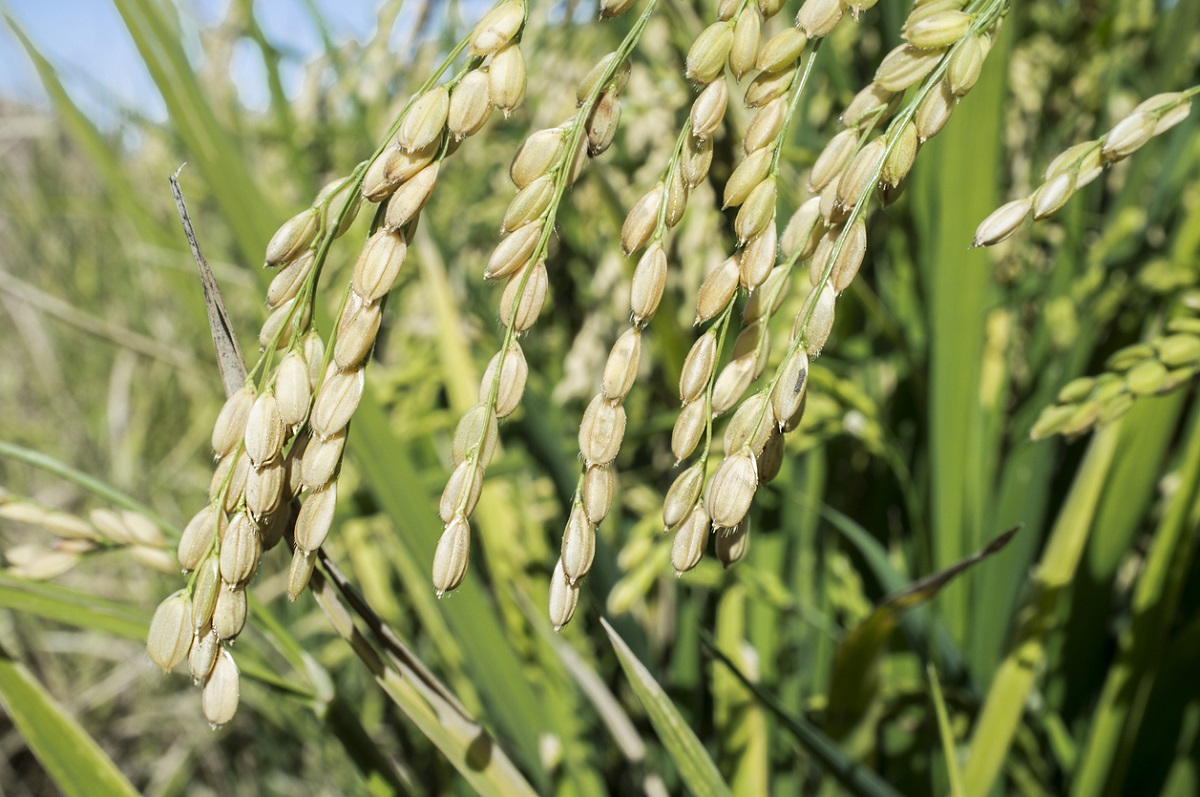
Root Angle Modifications Lead to Improved Rice Yields in Saline Fields
August 26, 2020| |
Scientists from the National Agriculture and Food Research Organization of Japan and partners showed that DEEPER ROOTING 1 (DRO1) homologs could be useful for the controlled breeding of root system architectures that are adapted to abiotic stress conditions caused by climate change. The research article is published in Proceedings of the National Academy of Sciences of the USA (PNAS).
The root system architecture (RSA) of crops can have an impact on their production, especially when exposed to abiotic stress conditions such as drought, waterlogging, and salinity. Thus, through cloning and characterization of qSOR1 (quantitative trait locus for SOIL SURFACE ROOTING 1), a homolog of DRO1 (DEEPER ROOTING 1) that control RGA, a shallower root growth angle (RGA) could improve rice yields in saline paddies.
CRISPR-Cas9 assays showed that other homologs of DRO1 are also linked to RGA. Results indicated that natural versions of the DRO1 homologs could be used to regulate RSA variations in rice. In saline paddies, near-isogenic lines with qSOR1 loss-of-function allele had soil-surface roots which allowed the rice plants to sidestep the reducing stresses of saline soils, leading to better yields compared to the parental cultivars without SOR.
Read more findings in PNAS.
| |
You might also like:
- Biotechnology and Climate Change
- Gene Identified that Will Help Develop Plants to Fight Climate Change
- Study Reveals Climate Change is Already Affecting Global Food Production
Biotech Updates is a weekly newsletter of ISAAA, a not-for-profit organization. It is distributed for free to over 22,000 subscribers worldwide to inform them about the key developments in biosciences, especially in biotechnology. Your support will help us in our mission to feed the world with knowledge. You can help by donating as little as $10.
-
See more articles:
-
News from Around the World
- ISAAA Webinars: Animal Biotechnology, The Next Frontier
- Florida Board Allows First GM Mosquito Trials in the US
- Wild Genes to Improve Nitrogen Fixation in Soybeans
- Filipino Regulators Learn from International Experts in Regulating Animal Biotech Products
- Russian Biologists Sequence Fusarium Genome
-
Research Highlights
- Research Shows Bt Cotton's Performance in Rainfed Areas
- Antagonistic Genes Modify Rice Plant Growth
-
Plant
- Root Angle Modifications Lead to Improved Rice Yields in Saline Fields
- Scientists Re-evaluate Rice Green Revolution Gene
-
Health
- MassBiologics Identifies Antibodies that may Protect Against COVID-19
- Hospital in Israel Starts Trials for the Fastest COVID-19 Test
- Scientists Discover Mutation Making SARS-CoV-2 Milder
-
Read the latest: - Biotech Updates (December 17, 2025)
- Gene Editing Supplement (December 17, 2025)
- Gene Drive Supplement (February 22, 2023)
-
Subscribe to BU: - Share
- Tweet

